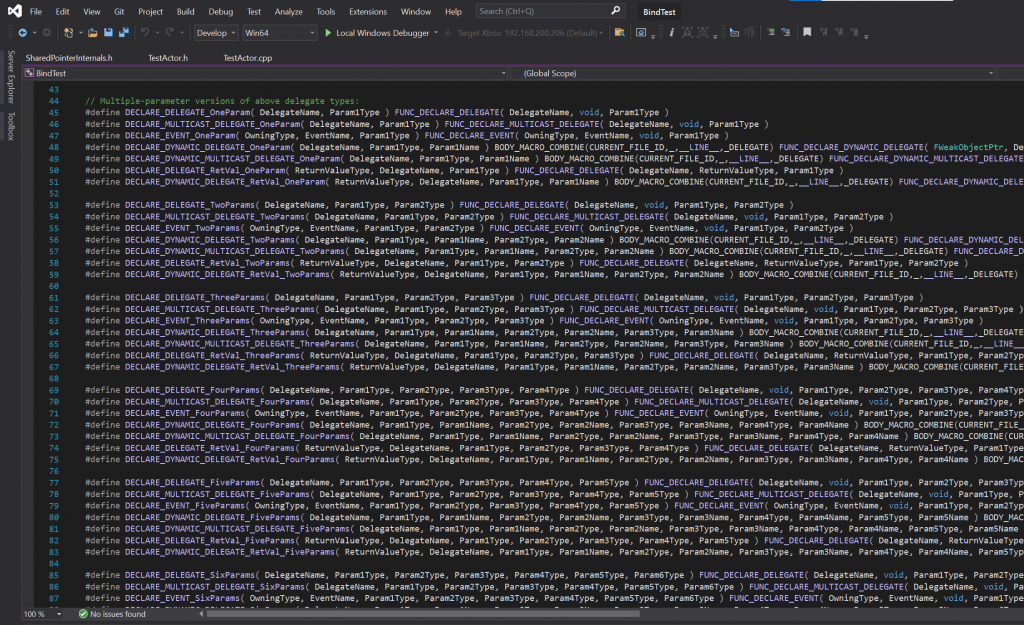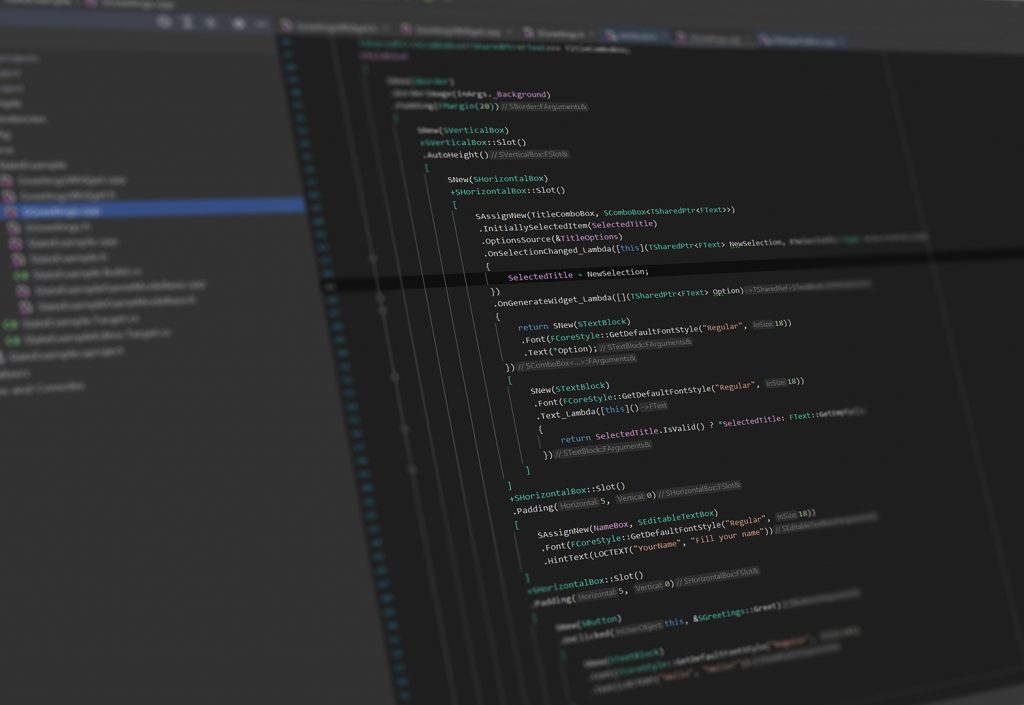
Previously I wrote about delegates in UE4. Today I want to elaborate on this topic and tell you how to bind to delegates. We’ll mostly focus on C++ side but it’s not going to be very difficult so bear with me.
Static Delegates
Binding a function to a delegate is basically adding a listener to an event dispatcher. Simple delegates allow adding only one listener, multicast – many. There is also a distinction between static and dynamic delegates. I will start with static.



